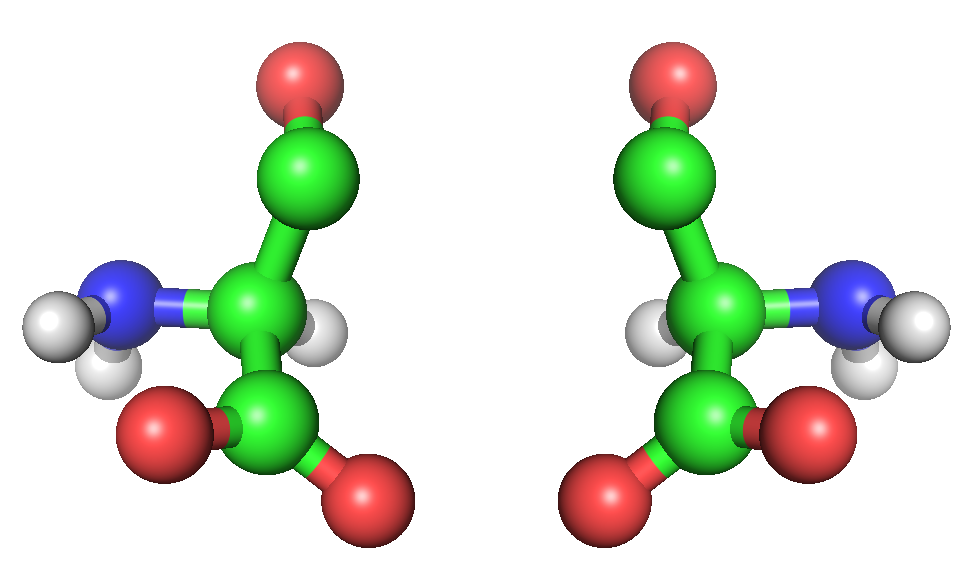What is Glaucoma?
Glaucoma is a group of eye diseases that damage the optic nerve and can cause vision loss and blindness. It usually happens when the fluid pressure inside the eye rises and damages the optic nerve over time. Glaucoma has no early symptoms but can cause vision problems if not treated. There are different types of glaucoma but the most common type is primary open-angle glaucoma.
Risk Factors for Developing Glaucoma
Some of the main risk factors for developing glaucoma include:
– Age – Glaucoma Eye Drops is more common in people over 60.
– Family history – People whose relatives have glaucoma are at higher risk.
– Ethnicity – African Americans and Hispanic Americans are at higher risk.
– Medical conditions – Diabetes, high blood pressure, and eye injuries can increase risk.
– Taking certain medications long term like steroids.
How is Glaucoma Diagnosed?
Glaucoma is usually diagnosed through eye exams done by an ophthalmologist or optometrist. Diagnostic tests may include:
– Visual field test – Checks peripheral or side vision for any blind spots.
– Gonioscopy – Looks at the drainage canals of the front of the eye using a special lens.
– Pachymetry – Measures thickness of the cornea with an ultrasound device.
– Tonometry – Checks eye pressure by gently touching the eye with a puff of air or a very small probe.
– Optical coherence tomography – Takes images of the optic nerve and retina.
Treating Glaucoma with Eye Drop Medications
Mild to moderate glaucoma is usually treated with eye drop medications that are applied one to four times a day depending on the specific drug. These eye drops work to lower eye pressure and slow down further damage to the optic nerve. Common types of glaucoma eye drops include:
Prostaglandin Analogues
Prostaglandin analogue eye drops are often the first-line treatment option. They work by increasing the outflow of fluid from the eye. Some examples are:
– Latanoprost (Xalatan) – Applied once a day
– Travoprost (Travatan Z) – Once a day
– Bimatoprost (Lumigan) – Once a day
Beta Blockers
Beta blocker eye drops reduce fluid production inside the eye. Some examples are:
– Timolol (Timoptic) – Applied twice a day
– Betaxolol (Betoptic S) – Once or twice a day
– Carteolol (Ocupress) – Twice a day
Alpha Agonists
This class of glaucoma medication works similarly to beta blockers by decreasing fluid production. Examples include:
– Brimonidine (Alphagan P) – Two or three times a day
– Apraclonidine (Iopidine) – Three times a day
Carbonic Anhydrase Inhibitors
These drops work by inhibiting an enzyme involved in fluid secretion in the eye. Examples are:
– Dorzolamide (Trusopt) – Three times a day
– Brinzolamide (Azopt) – Twice a day
Combination Medications
Some glaucoma medications contain two different active ingredients in one bottle. This allows the medications to work by different mechanisms. Common combination drops are:
– Timolol/Dorzolamide (Cosopt, Timoptic-XE) – Twice a day
– Brimonidine/Timolol (Combigan) – Twice a day
Preservative-Free Medications
For some patients, glaucoma eye drops containing preservatives like benzalkonium chloride can further irritate the eyes over time. Preservative-free options are available for prostaglandin analogue, beta blocker, and carbonic anhydrase inhibitor classes. These are sterilized differently and may cause less irritation.
Adhering to the Glaucoma Medication Regimen
It is very important for glaucoma patients to take their eye drop medications exactly as prescribed. Missing doses or being inconsistent can actually worsen the disease over time. Some tips for using glaucoma eye drops properly include:
– Following dosage instructions precisely
– Instilling drops at the same times each day
– Blinking several times after each drop is instilled
– Keeping the bottle tip clean and not touching it to the eye
– Keeping medications cool and out of direct light or heat when storing
– Not discontinuing use without consulting the eye doctor first
Managing Side Effects of Glaucoma Eye Drops
While glaucoma medications are generally well tolerated, some possible side effects can occur. Temporary stinging or blurry vision when the drops are first used is common. Other potential side effects depend on the specific medication and can include:
– Eye redness or irritation
– Darkening of eye color over time (usually not significant)
– Fatigue or drowsiness (more common with oral medications)
– Low blood pressure (with beta blockers)
– Bronchial restriction (rare with beta blockers)
If side effects are bothersome, consulting the eye doctor is recommended. They may suggest trying a different class of medication, lowering the dosage, or switching to a preservative-free formulation.



